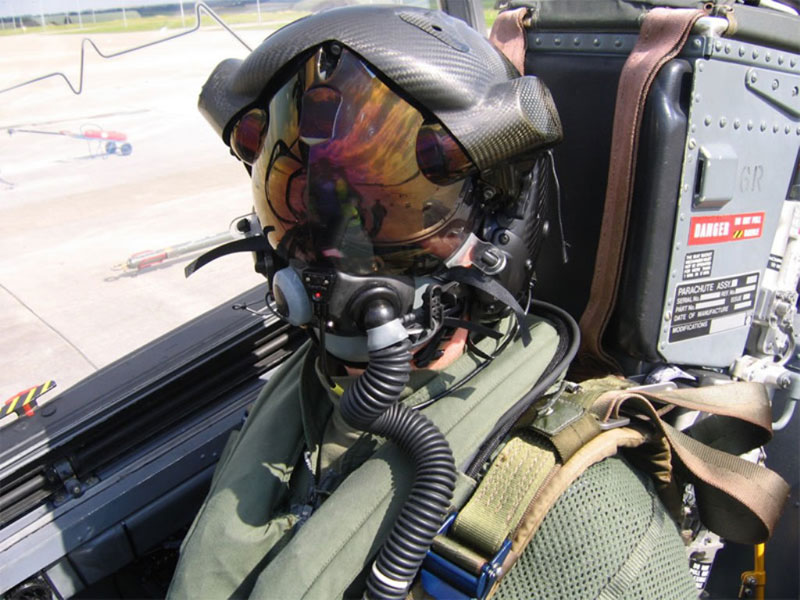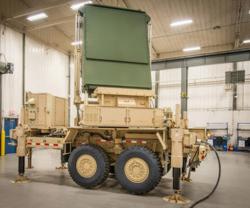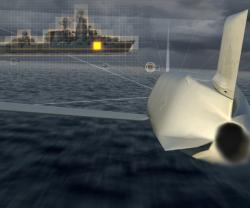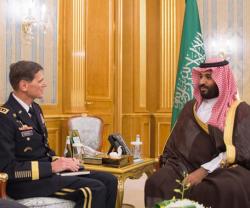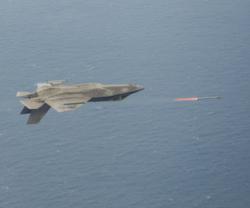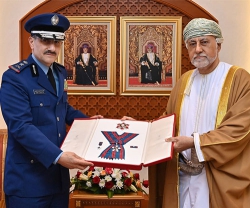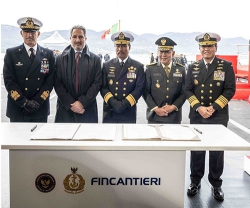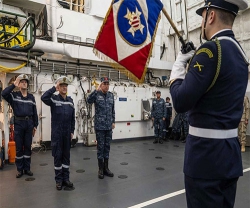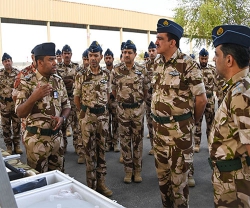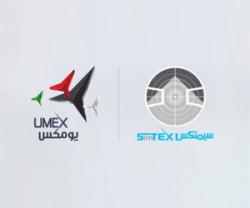F-35 Program Halts Development of Alternate Helmet
14.10.2013 North America
The F-35 Joint Program Office (JPO) informed Lockheed Martin that it decided to halt development of the alternate F-35 helmet and focus exclusively on maturing the Rockwell Collins Elbit Systems of America Vision Systems Generation 2 (Gen 2) helmet currently used in training and testing. The program will recoup approximately $45 million in funds it had originally allocated for the development of the alternate helmet.
In 2011, program and industry officials acknowledged that there were technical issues facing the principle helmet system. To ensure viable combat capability was available when needed, the program began a dual-path development plan as a risk-management strategy in the event maturity issues facing the Gen 2 helmet could not be resolved. BAE Systems began developing the alternate helmet in September 2011.
“The government's decision to proceed exclusively with the principle helmet is indicative of their confidence in the helmet's performance and the successful resolution of previously identified technical challenges,” said Lorraine Martin, Lockheed Martin Executive Vice President and General Manager of the F-35 Lightning II Program.
“To date, more than 100 F-35 pilots have flown more than 6,000 flights and 10,000 hours with the helmet, and their feedback has been very positive. Lockheed Martin and its suppliers will continue to focus on developing and delivering the helmet's unprecedented capabilities to the warfighter in support of the services’ declaration of Initial Operating Capability,” Martin added.
The F-35’s Helmet Mounted Display Systems (photo) provide pilots with unprecedented situational awareness; all the information pilots need to complete their missions – through all weather, day or night – is projected on the helmet’s visor. Additionally, the F-35’s Distributed Aperture System streams real-time imagery from six infrared cameras mounted around the aircraft to the helmet, allowing pilots to “look through” the airframe.
Beginning with aircraft in Low Rate Initial Production lot 7, the program will introduce a Gen 3 helmet that features an improved night vision camera, new liquid crystal displays, automated alignment and software enhancements.
The F-35 Lightning II is a 5th generation fighter, combining advanced stealth with fighter speed and agility, fully fused sensor information, network-enabled operations and advanced sustainment. Three distinct variants of the F-35 will replace the A-10 and F-16 for the U.S. Air Force, the F/A-18 for the U.S. Navy, the F/A-18 and AV-B Harrier for the U.S. Marine Corps, and a variety of fighters for at least 10 other countries.
In 2011, program and industry officials acknowledged that there were technical issues facing the principle helmet system. To ensure viable combat capability was available when needed, the program began a dual-path development plan as a risk-management strategy in the event maturity issues facing the Gen 2 helmet could not be resolved. BAE Systems began developing the alternate helmet in September 2011.
“The government's decision to proceed exclusively with the principle helmet is indicative of their confidence in the helmet's performance and the successful resolution of previously identified technical challenges,” said Lorraine Martin, Lockheed Martin Executive Vice President and General Manager of the F-35 Lightning II Program.
“To date, more than 100 F-35 pilots have flown more than 6,000 flights and 10,000 hours with the helmet, and their feedback has been very positive. Lockheed Martin and its suppliers will continue to focus on developing and delivering the helmet's unprecedented capabilities to the warfighter in support of the services’ declaration of Initial Operating Capability,” Martin added.
The F-35’s Helmet Mounted Display Systems (photo) provide pilots with unprecedented situational awareness; all the information pilots need to complete their missions – through all weather, day or night – is projected on the helmet’s visor. Additionally, the F-35’s Distributed Aperture System streams real-time imagery from six infrared cameras mounted around the aircraft to the helmet, allowing pilots to “look through” the airframe.
Beginning with aircraft in Low Rate Initial Production lot 7, the program will introduce a Gen 3 helmet that features an improved night vision camera, new liquid crystal displays, automated alignment and software enhancements.
The F-35 Lightning II is a 5th generation fighter, combining advanced stealth with fighter speed and agility, fully fused sensor information, network-enabled operations and advanced sustainment. Three distinct variants of the F-35 will replace the A-10 and F-16 for the U.S. Air Force, the F/A-18 for the U.S. Navy, the F/A-18 and AV-B Harrier for the U.S. Marine Corps, and a variety of fighters for at least 10 other countries.
Latest news
Latest events
Doha International Maritime Defence Exhibition & Conference (DIMDEX 2026)
19 - 22 Jan 2026Doha - QatarUMEX – SimTEX
20 - 22 Jan 2026ADNEC Centre Abu Dhabi, - United Arab EmiratesWorld Defense Show (WDS) 2026
08 - 12 Feb 2026Riyadh - Saudi ArabiaSAHA EXPO International Defence & Aerospace Exhibition
05 - 09 May 2026İstanbul Expo Center - Turkey

